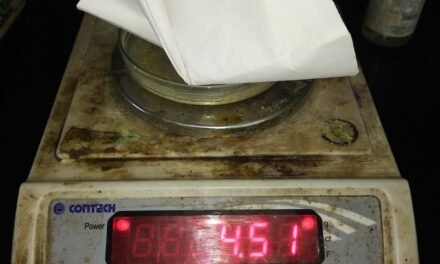Introduction:
Azolla is a water fern that floats on the surface of fresh water ponds, rivers, and tanks in tropical and subtropical region. Its size is typically 1-2.5 cm in diameter. It belongs to a derived group of ferns Azollaceae and is closely related to several other aquatic taxa such as Salvinia and Marsilea.
Reproduction / Multiplication of azolla:
- The main method of reproduction in Azolla seems to be vegetative fragmentation.
- The lateral branches get separated and develop into new individuals.
- Azolla reproduces sexually, and asexually (by splitting).
- During sexual reproduction, each (female) megaspore contains a small colony of Anabaena filaments bearing akinetes (spores of the cyanobacterium), and so this bacterium is passed to the next generation of the water fern.
- Under ideal growth conditions, the water fern grows and reproduces (vegetatively) extremely fast, often able to double its weight in 3-5 d.
Azolla is also called mosquito fern becuase mosquito can’t breed in that water. It can fix atmospheric nitrogen with the help of cyanobacteia hosted on dorsal surface of lobe.It has wide range of use as fodder for cattle, fish, chicken also use as biofertilizer in paddy field.
Need of Project :
In Vigyan ashram, for multiplication of azolla, diferent factors such as light intensity, temperature and humidity, pH of water etc. Main use of azolla is fish feed for Koi and chicken. Also azolla use for composting of organic matter in vermiwash preparation.
Objective :
To study the effect of
- Light intensity
- Temperature
- Humidity
- pH
- Azolla Production
Trial No. 1
- In FRP culture bed in each compartment we add four different nutrients source to conduct the experiment.
- Each compartment filled with 10Lit. water
- In the set-A add 200ml biogas slurry and 1gm soil as nutrient source.
- In the set-B add 200ml nitrate culture.
- In the set-C add 2gm SSP And 2gm soil.
- In the set-D add 5Lit. fish waste water.
- Before the setup water test has been done.
- In each compartment initialy add 20gm azolla.
- azolla wt. measure after every 3days.
Observations :
Azolla growth after 6 days

According to the observation and study, in first 3 days azolla seems green but no growth in bed-A ( Biogas slurry), green but fast growth in bed-B(Nitrate culture) and green but roots are short in bed-C (SSP+Soil), well growth & wt. also gain in bed-D(Fish Waste Water).
Due to high concentration of nitrate culture and fermentation in that in set-B azolla growth inhibit after 3rd day.
Observation Table: https://docs.google.com/spreadsheets/d/15dGPo4HOfvd12duxbK8x9abBef-ZKdy5/edit#gid=999416912
Conclusion:
From above experiment we observe that due to low humidity and high temp. there is adverse effect on azolla growth. Also due to high temp. affect the chlorophyll pigment and it slowly get brown. Their is need to maintain the optimum humidity and temp. for good growth of azolla.



